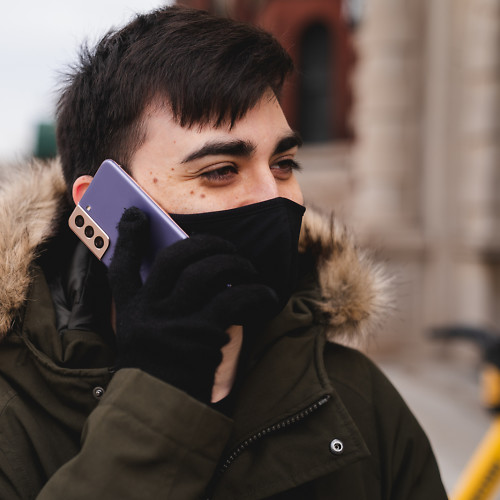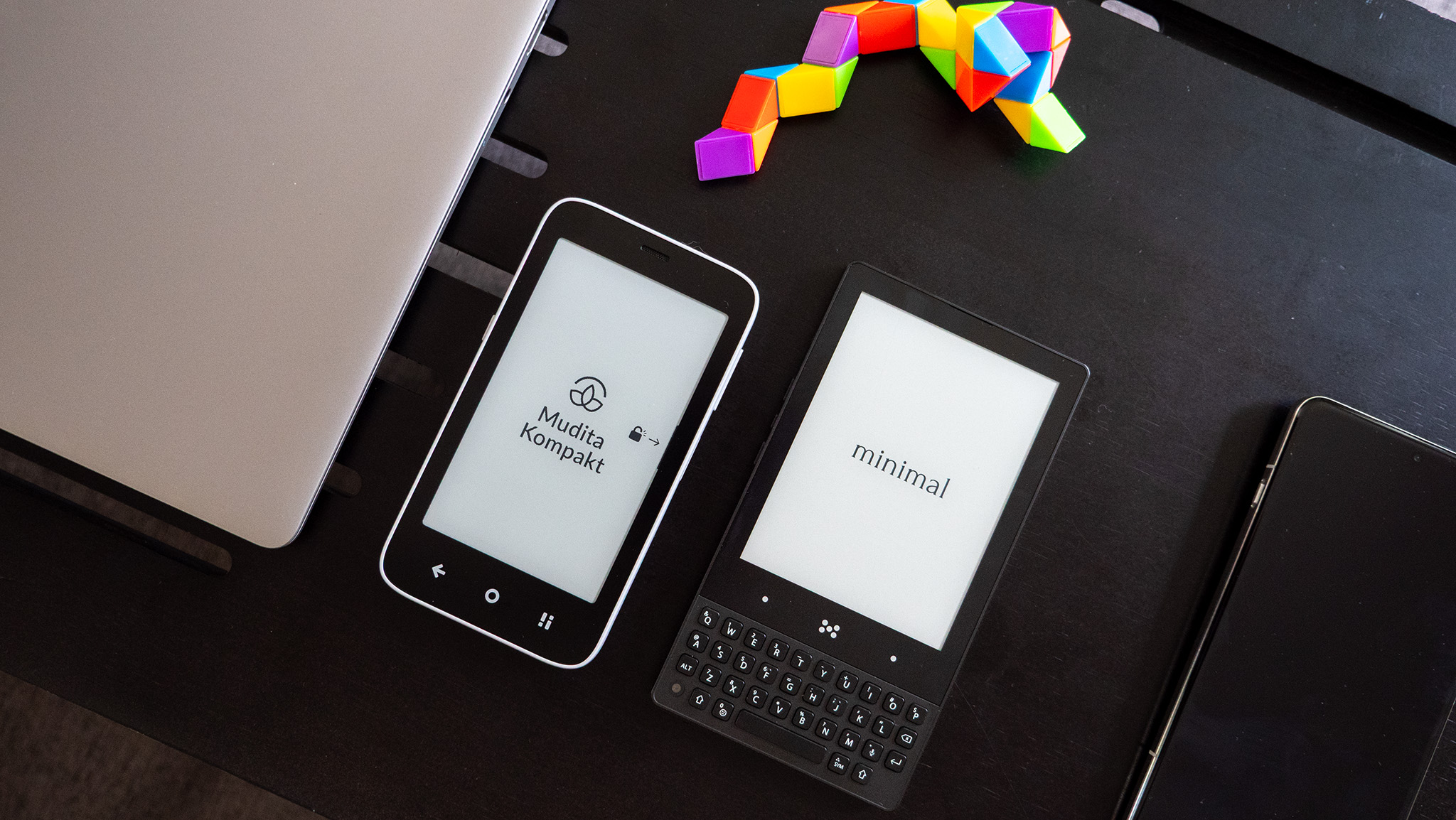I like the idea of the Galaxy Fold more than the execution
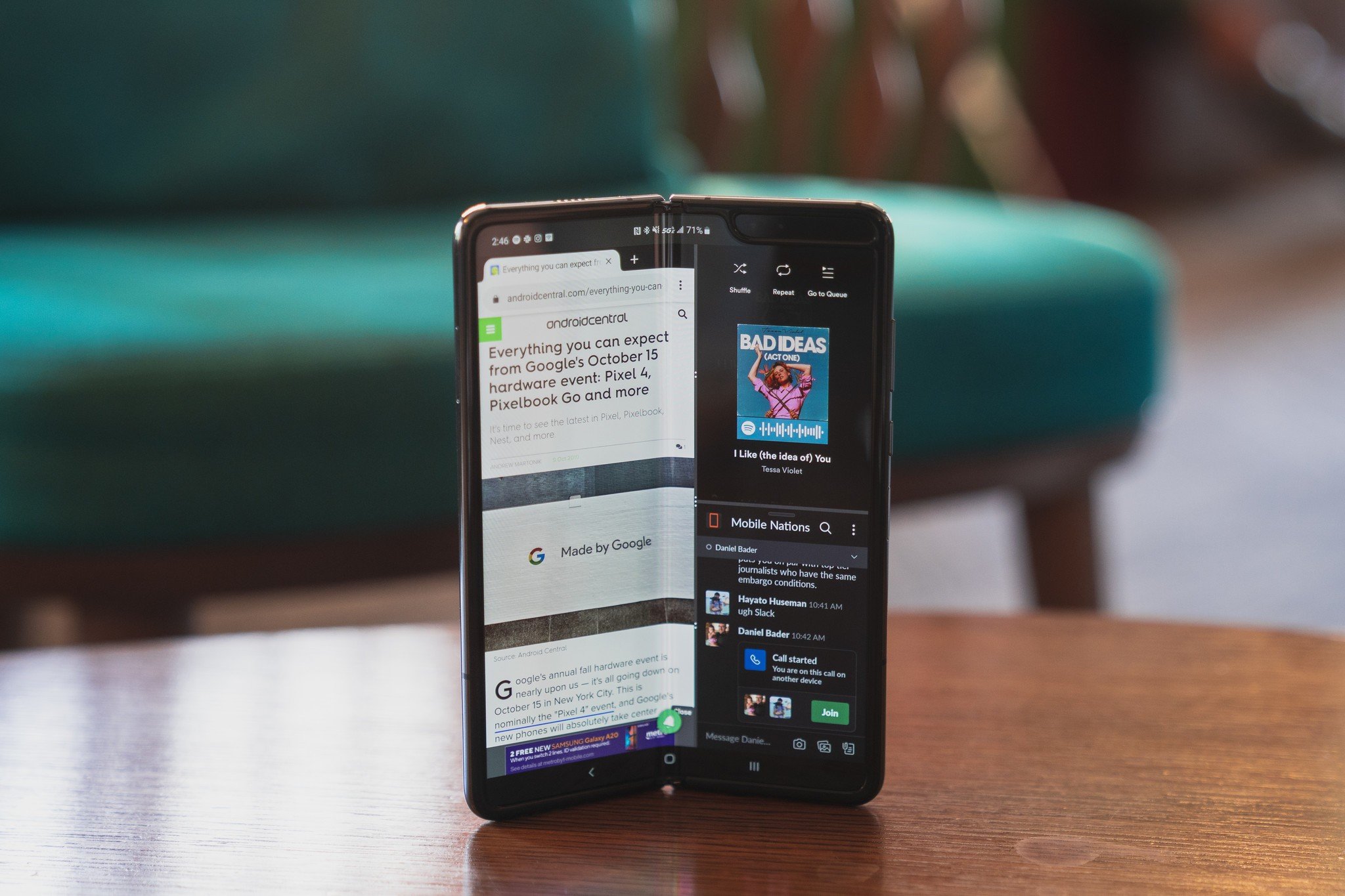
It's hard to overstate the importance of the Galaxy Fold as our first step towards a future full of foldable devices. While we've seen a few other foldable phones like the clumsy Royole FlexPai and the still-unreleased Huawei Mate X, the Galaxy Fold is the only foldable that you can buy right now. That means it'll be the sole face of foldables for the foreseeable future, for better or worse.
I've been using the revised Galaxy Fold for five days now, and for as futuristic as it feels, it's also reminded me that first-generation tech is rarely worth investing in for general consumers.
In case you need a refresher, the Fold was delayed by four months after a wave of review devices suffered from widespread screen failures back in April. Last month at IFA, Samsung showed us a new and improved version of the Galaxy Fold redesigned to prevent similar issues, with better sealing and metal reinforcement behind the display to achieve a stiffer, sturdier feel.
I really like the hardware, which truly does feel significantly more reliable than the previous iteration I went hands-on with, and bears the strikingly good build quality you'd expect from Samsung. There have been a few software tweaks as well; you can reposition the navigation buttons from centered to left or right justification, and just like on the Galaxy Note 10, Bixby has been condensed into the power button.
In just about every other regard, though, this is the same Galaxy Fold we saw back in April. And just like before, it takes quite a bit of adjustment to learn the Fold coming from more traditional phones like the OnePlus 7T I used before it.
A lot of the apps that I use every day still don't work well with the Fold's split-screen views.
Right from the get-go, there are two home screens to set up, since the small cover screen has its own separate layout. It makes sense; you can't comfortably fit all of the same apps as on the much larger inner display.
But what really irks me is that you can't set different resolutions for each display. Apps scale differently on the cover screen than they do on the inner display, and I've found that text can be annoyingly hard to read on the former while inefficiently large on the latter.
Be an expert in 5 minutes
Get the latest news from Android Central, your trusted companion in the world of Android
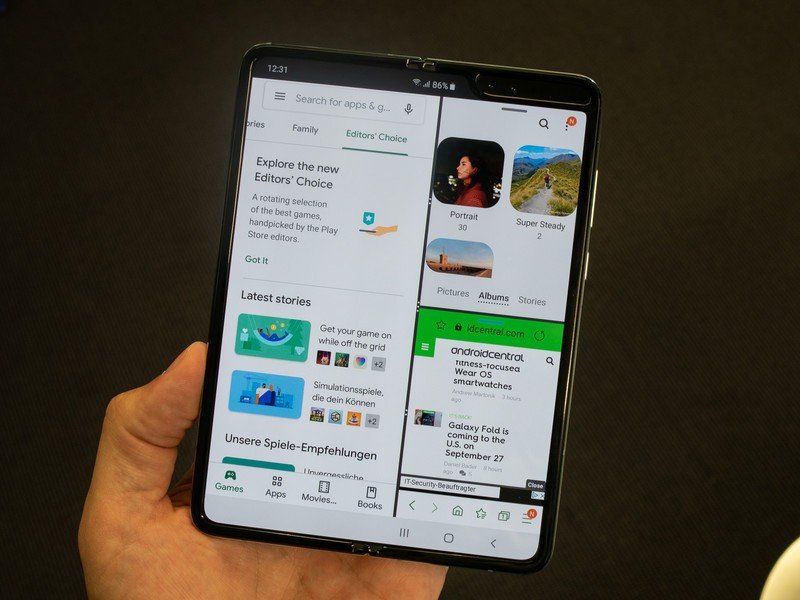
Apps like Instagram still don't properly adapt to the small screen, often running text past the screen in photo captions. When you open the Fold to expose the larger screen, you get a great big canvas to see your feed much larger … but open a friend's Story, and you'll notice that the awkward 4.2:3 aspect ratio means the top and bottom portions of each Story gets cut off. That applies to Stories you post with the Fold as well.
Of course, that problem's more on Instagram's end than Samsung's, and can likely be improved with software updates, but for now it's a subpar and annoying experience on a nearly $2000 phone, regardless of who's to blame. Complaining about the Instagram app in particular may seem a bit trivial, but it's representative of the overarching experience on the Galaxy Fold in its current state.
The 21:9 aspect ratio makes the 4.6-inch display feel even smaller than it sounds.
The software experience is wildly inconsistent at times. With properly optimized apps, you can run two or three apps simultaneously in split-screen mode, and even add a fourth floating window with adjustable opacity. It's a unique, albeit slightly messy experience, and one of the Fold's coolest party tricks — though admittedly, I never run more than two apps at once.
The problem is that you never really know which apps will work properly. Apps like Lightroom, FlyDelta, and Uber that I use on a regular basis don't support Multi Window, and attempting to open a split-screen app while running any of them will instead launch a floating window.
Those same apps act a bit odd when switching from the small to the large display; unfolding the phone will sometimes simply scale the cover screen view up into a letter boxed window, requiring you to relaunch the app to fill the larger screen. If you close the phone with one of these apps open, then turn on the cover screen, you'll be greeted with the home screen rather than the running app.
Again, these are all issues that can be solved with software updates and optimizations, but they lead to an often frustrating experience on one of the most expensive phones money can buy. Still, it's hard to argue against the novelty, excitement, and genuine utility of being able to carry a foldable 7.3-inch miniature tablet in your pocket.
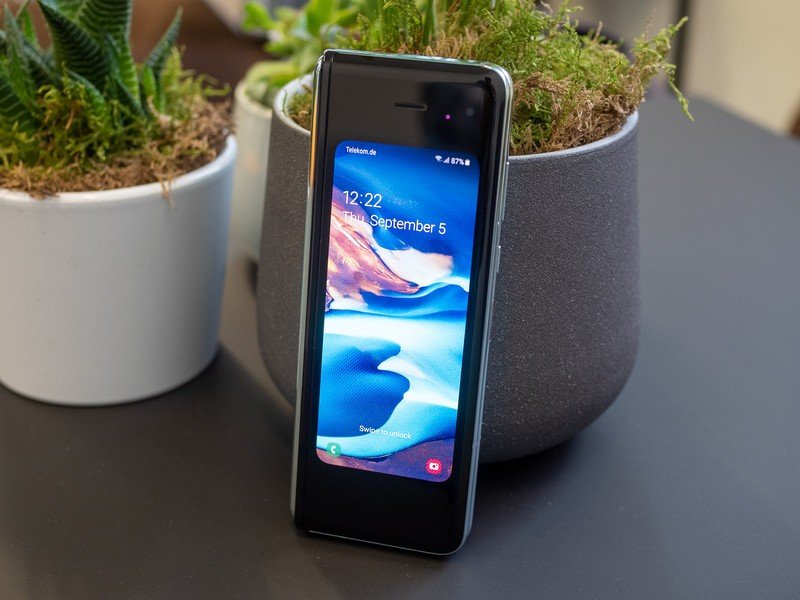
But I'm not sure I even love the physical form factor. The cover screen is basically the only way to use the phone one-handed (something I still value a lot), and it's just not an enjoyable experience. The 4.6-inch diagonal measurement feels even smaller than it sounds, thanks to the extra-narrow 21:9 aspect ratio, and apps feel cramped — typing with any semblance of accuracy is a nightmare. I also worry about the phone's durability, with one revised model already failing, and no water resistance protecting the phone.
Reverse wireless charging is still wildly underrated.
On the other hand, unfolding the phone feels great, especially with the newly reinforced display, and I genuinely don't mind the crease in the middle of the plastic display, or even the huge notch in the upper righthand corner. I've been loving the larger screen for things like gaming, photo editing, and even writing, and the cameras are the same great sensors found on the Galaxy S10 series.
I've also been using both the Galaxy Buds and the Galaxy Watch Active 2 with the Fold, and Samsung's accessory ecosystem is as good as it's ever been. The Galaxy Wearable app is great for managing both devices, and I can't stress enough how convenient reverse wireless charging is — I still haven't even taken the Watch Active's magnetic charging puck out of the box, since I can just slap it on the back of the Fold and wake up with a full charge.
Like any first-gen product, the Galaxy Fold is a device full of wonder and compromise alike. But it's an outstanding first look at our foldable future, even if it took four extra months to hit store shelves. I don't see myself dropping two grand on one after my loan period ends, nor would I necessarily recommend that someone run out and buy one — but you know what? I'm starting to understand why someone would. The foldable future is looking bright.
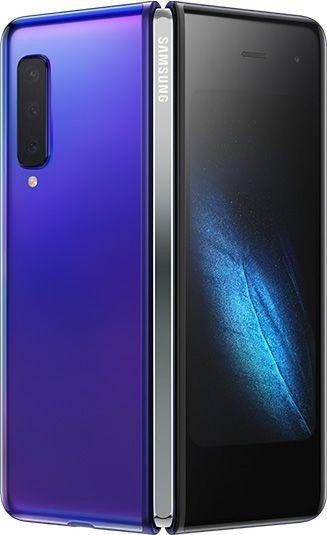
The foldable future is looking bright.
The Galaxy Fold is an incredible feat of engineering, with a 4.6-inch cover display that unfolds into a 7.4-inch miniature tablet that fits in your pocket. You get the same great internals and cameras as the Galaxy S10 series, along with custom software designed to work in different form factors.
Hayato was a product reviewer and video editor for Android Central.

